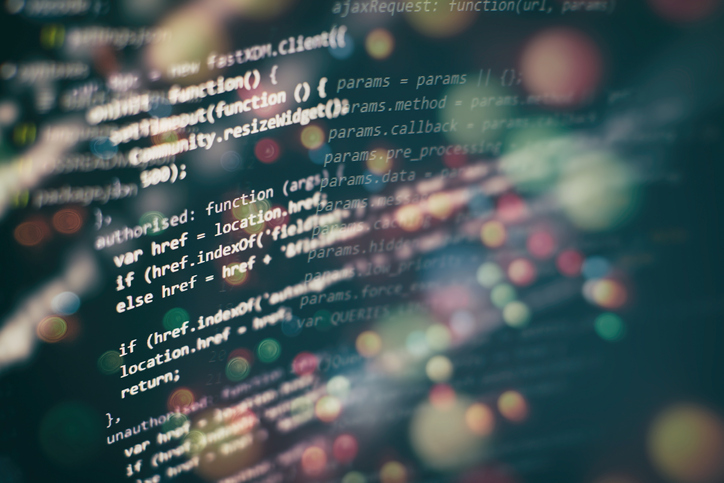Statistics show a sharp rise in copyright registrations for computer software in China, which can provide an additional layer of protection alongside patents
The National Copyright Administration of the People’s Republic of China (NCAC) released last year’s filing data earlier this month.
In 2019, there was a 21% year-on-year increase in copyright registrations with the total number of registrations reaching 4,186,549 (compared with 3,457,338 in 2018).
The most popular type of work for registration was software with a total of 1,484,448 registrations in 2019. This represents 35% of the total registrations filed belonging to computer software copyright registrations. Compared with last year, the number of software registrations has increased by 34.36%.
Over 70% of the software registrations came from Beijing and China’s East Coast, where several high-tech companies are located, particularly Guangdong, Jiangsu and Shanghai.
One of the main reasons for the increase is China’s thriving economy for new technologies like IoT, artificial intelligence, cloud computing, FinTech and block chain. At the heart of these technologies is computer software and algorithms, which are the core assets for any company competing in the new technologies arena.
Another reason can be attributed to the heightened awareness of intellectual property rights in China. The increase shows that corporations are actively seeking to protect their computer software-related innovations by applying for intellectual property rights.
An additional layer of protection
When it comes to software-based innovations, copyright is one option for protecting the computer code. However, inventors have to be cautious with copyright, as it does not prevent competitors from achieving the same effect using a code that has been developed independently.
This is because copyright is in essence the protection of the expression of an idea, but not the idea itself. As such, software companies cannot always rely on copyright protection to prevent rivals from reverse engineering computer programmes.
Copyright registration is encouraged because it strengthens protection from the NCAC, especially if litigation were to arise as the registration certificate can relieve any burden around proof of ownership.
Copyright protects the programme and related documentation for software inventions. That is, the statement sequences and instruction sequences and textual description of the software. The ideas, processing procedures, operation methods or mathematical concepts used in developing the software are not included and can be protected by patents.
For this reason, patents should always be the primary means for protection, with copyright registration serving as an additional layer. It is wise to combine patents with software registration in the IP portfolio, bearing in mind that patents do not protect computer programmes and algorithms per se.






